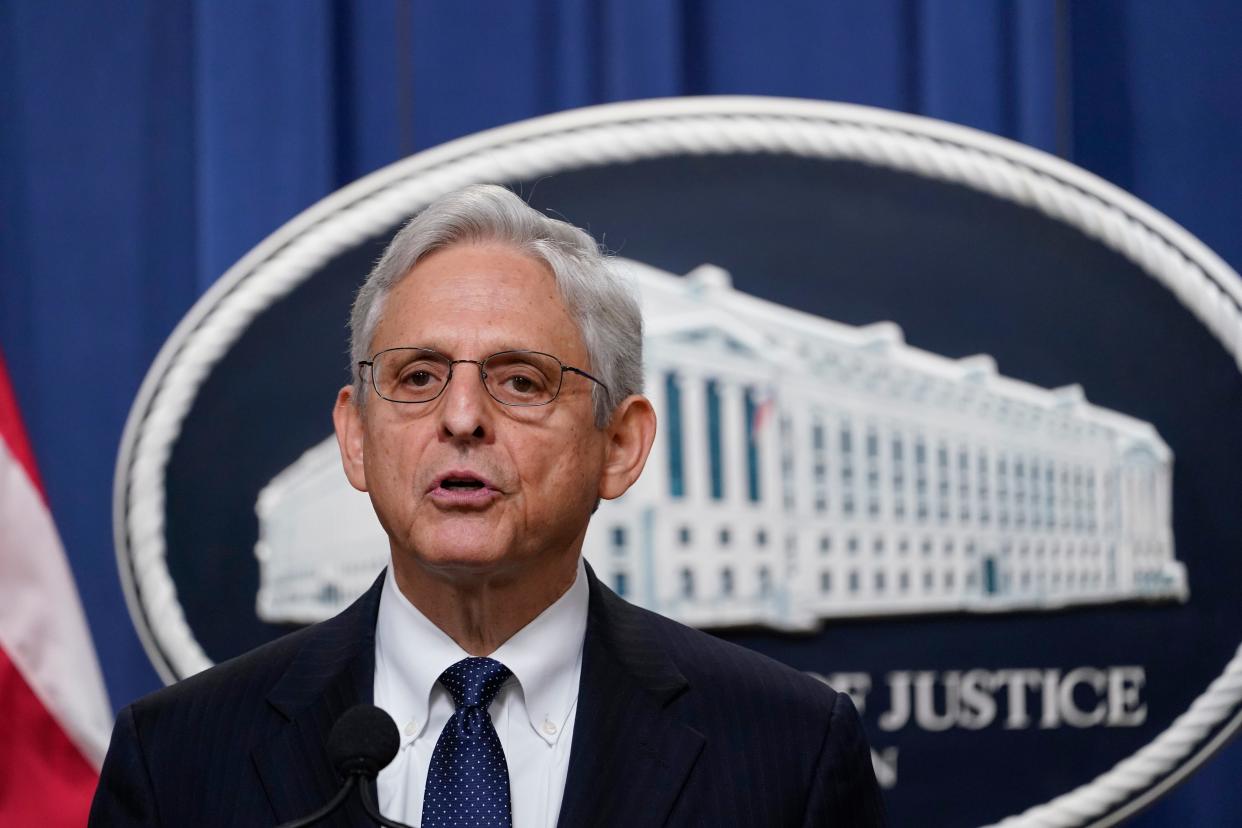When the Department of Justice investigates police, here's how it works

- Oops!Something went wrong.Please try again later.
Under a law enacted in 1994 after the beating of Rodney King by Los Angeles Police officers, the U.S. attorney general may order an investigation of whether a police department has a “pattern or practice” of misconduct, such as using excessive force or discriminatory stops or arrests.
The investigation may be launched based on citizen complaint or after a high-profile police shooting.
If the investigation, which can take a year or more, finds no pattern, the matter is dropped.
If the Justice Department’s Civil Rights Division finds systemic misconduct, it issues a public report detailing its findings.
Justice and the city or county usually strike a negotiated settlement that lists specific remedies.
That becomes the basis for a consent decree that is overseen by a federal judge and usually lasts two to five years, but sometimes longer.
Usually the court appoints a monitor who reports on the department’s progress in meeting its goals.
If the jurisdiction refuses to agree to a settlement, the Justice Department may sue it to force changes.
If the department meets its goals, the court can find it in compliance and release it from the decree.
Read this: Are Department of Justice investigations a path to police reform or 'a war on cops'?
More:10 years and $10M later, DOJ-mandated police reforms still ongoing in this city
Andrew Wolfson: 502-582-7189; awolfson@courier-journal.com; Twitter: @adwolfson.
This article originally appeared on Louisville Courier Journal: How the Department of Justice handles a police reform investigation

